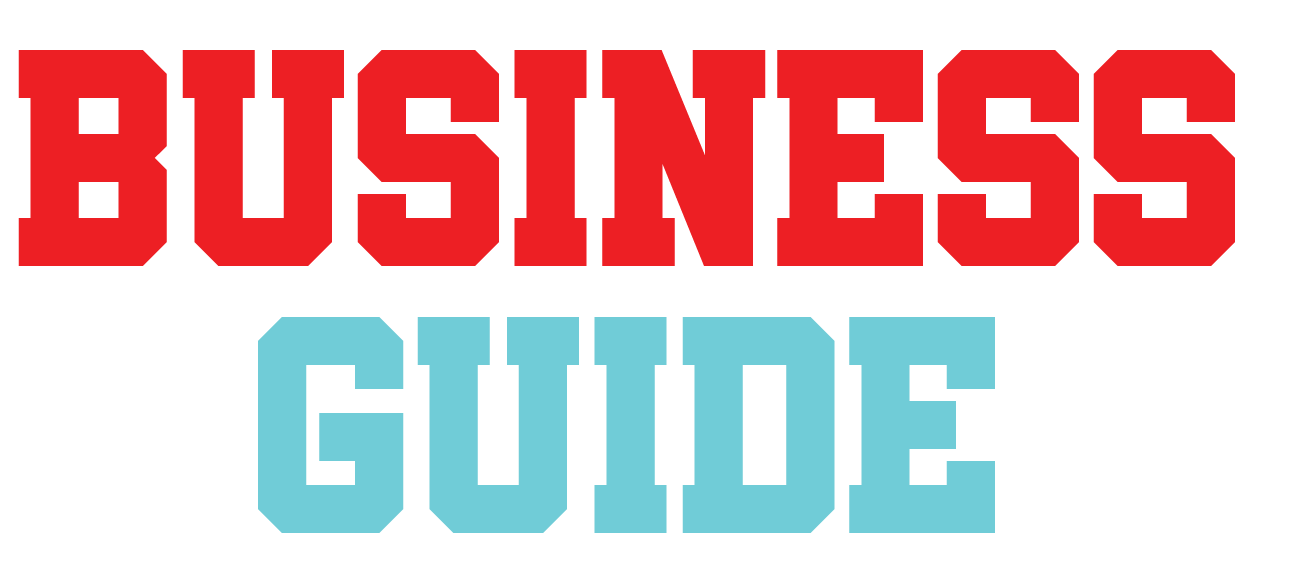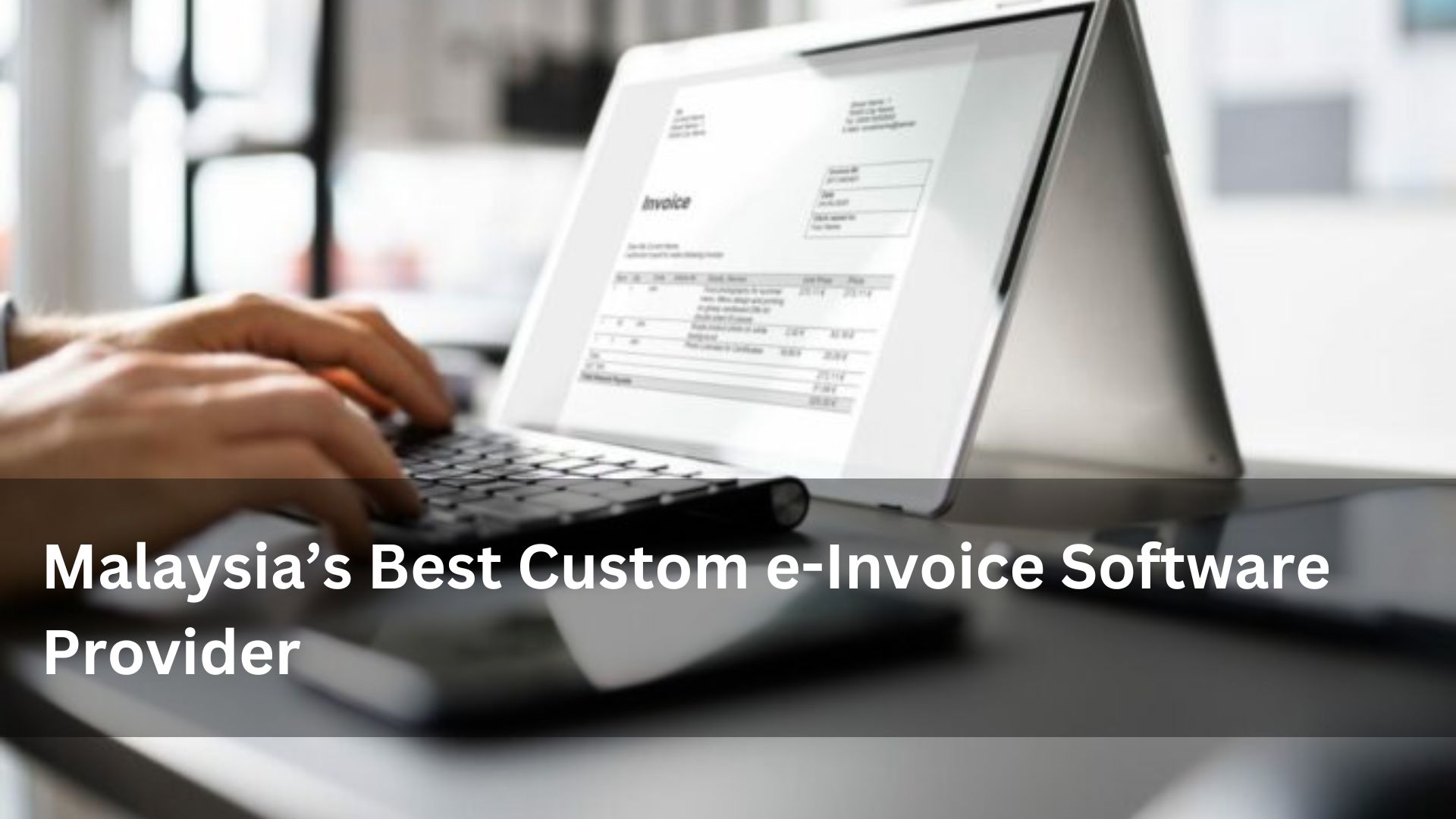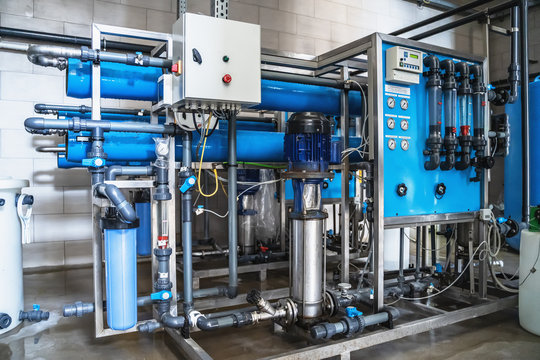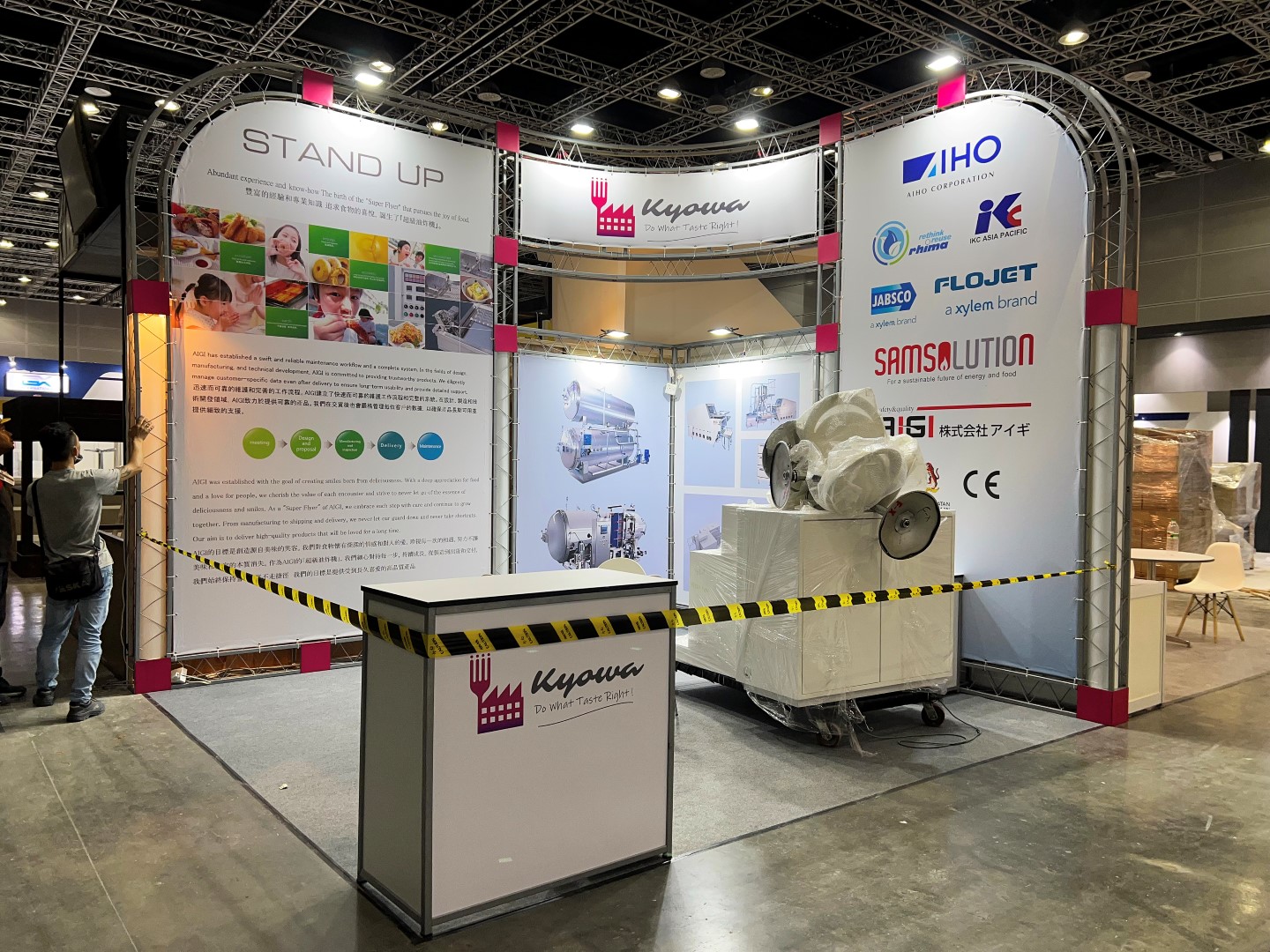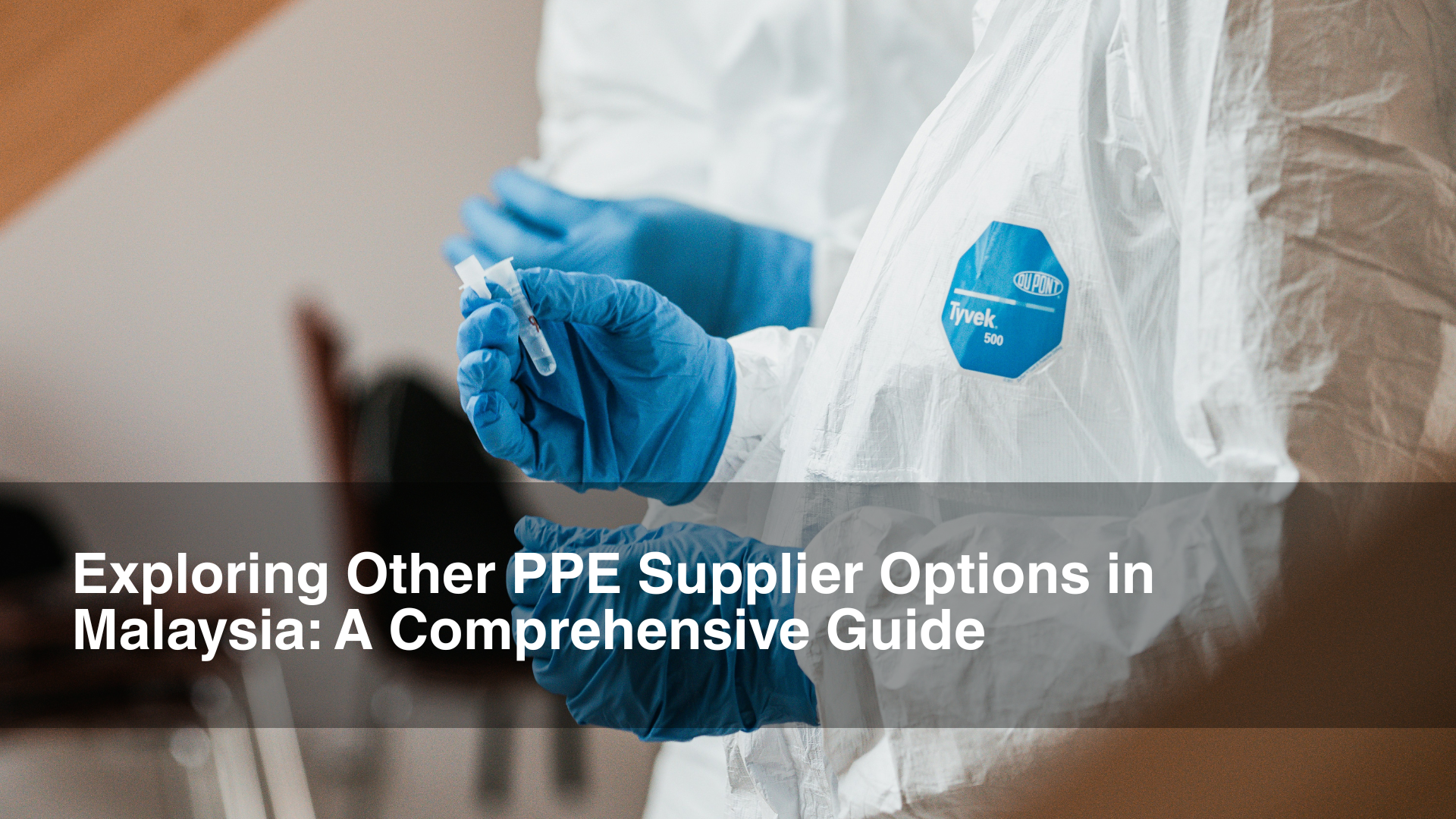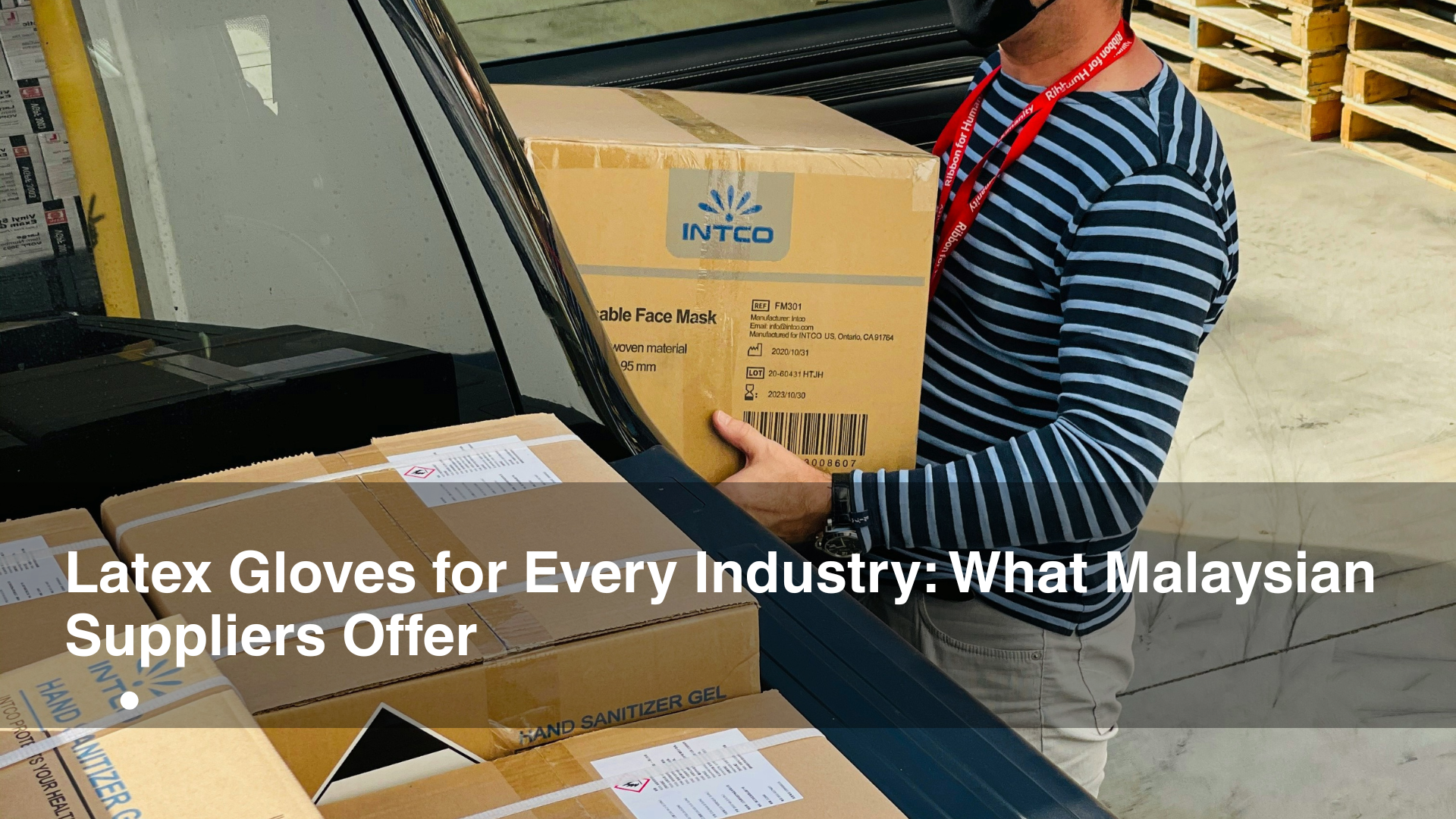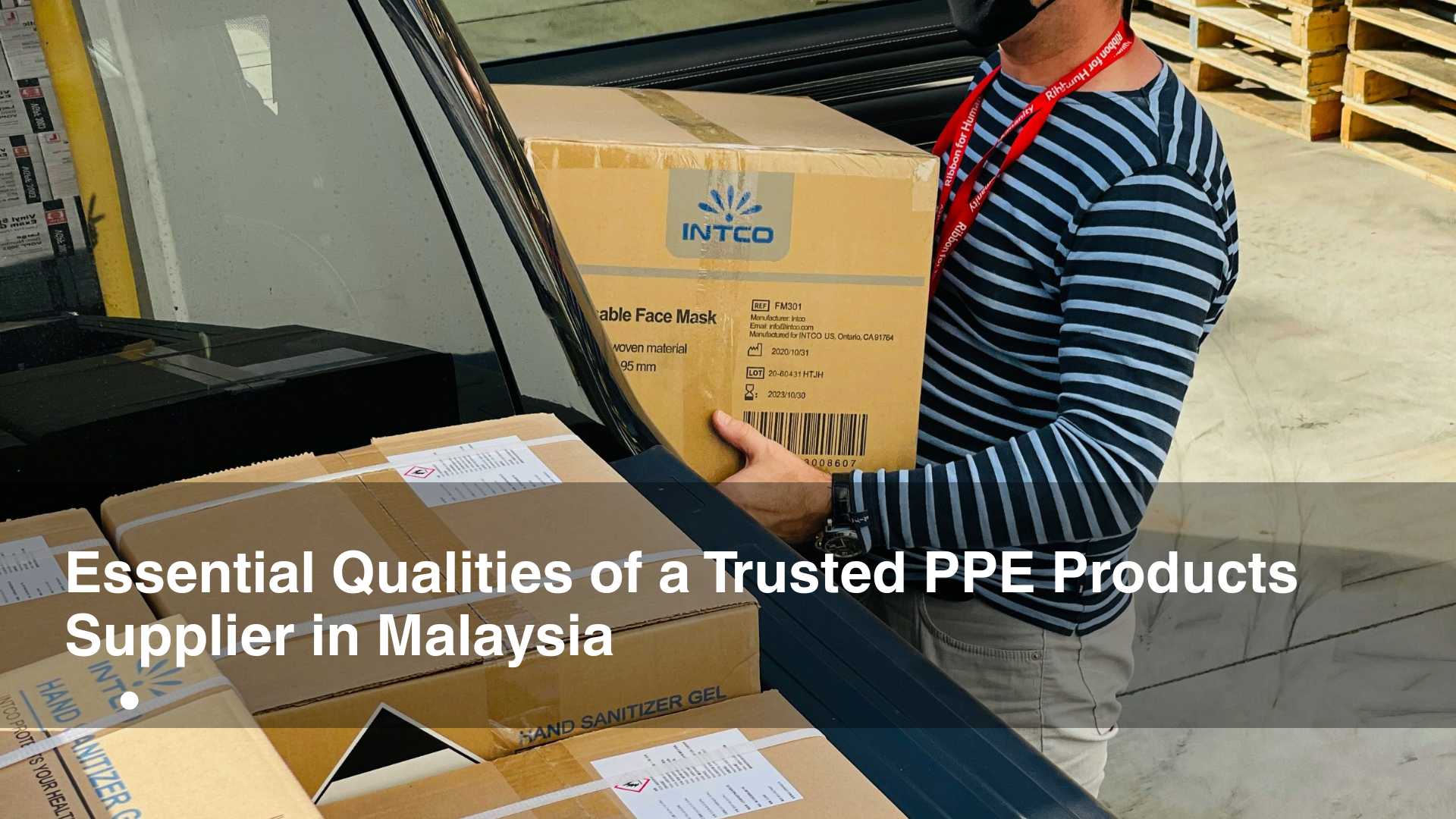Understand Your Brand’s Unique Needs
Before reaching out to any OEM cosmetic manufacturer, take a step back and clarify your brand’s vision, target market, and production goals. This foundational step ensures you’re not just choosing a manufacturer, but the right partner who aligns with your business objectives.
Define Your Target Market
Who is your product for? Are you targeting Gen Z consumers who care about clean beauty, or luxury buyers seeking anti-aging solutions? Your target audience influences everything from formulation choices to packaging styles.
For example, if you’re aiming at a vegan, cruelty-free audience, you’ll need an OEM manufacturer that offers plant-based ingredients and holds cruelty-free certifications like Leaping Bunny or PETA.
Determine Your Product Range
Are you launching a full skincare line, or starting with a single hero product like a moisturizer or foundation? Clarifying your product scope helps you identify manufacturers that specialize in the areas you’re focusing on — whether that’s skincare, makeup, haircare, or body care.
Some OEM cosmetic manufacturers are experts in specific niches (e.g., natural mineral makeup), while others offer full-service production across multiple product categories.
Set Your Budget
Establishing a realistic budget early on will narrow down your options significantly. OEM manufacturers vary widely in terms of minimum order quantity (MOQ), formulation costs, packaging expenses, and additional services like regulatory compliance or product testing.
Make sure your financial goals align with the manufacturer’s capabilities. Some high-end manufacturers may offer excellent quality, but their costs may not be suitable for a startup with limited capital.
Research OEM Cosmetic Manufacturer Capabilities
Once your brand needs are clearly defined, the next step is researching potential manufacturers. The best OEM cosmetic manufacturer is one that offers more than just product assembly — they should provide expertise, transparency, and scalable solutions that grow with your business.
Look at Industry Experience and Reputation
Years in the industry and proven partnerships matter. An experienced OEM cosmetic manufacturer will have fine-tuned processes, knowledge of market trends, and experience working with regulatory bodies. Ask questions like:
How many years have they been in operation?
Do they have testimonials or case studies?
Which markets or product categories do they specialize in?
Look for third-party reviews, trade show participation, and certifications that verify their legitimacy.
Tour the Facilities (Virtually or On-Site)
If possible, visit the manufacturing site to see their process in action. If that’s not feasible, ask for videos or detailed documentation of their production environment. Look for signs of:
Clean, organized production lines
Modern machinery and technology
Quality assurance and hygiene protocols
Certifications like GMP (Good Manufacturing Practice), ISO 22716, or FDA approval (where applicable)
A professional, transparent operation indicates that the manufacturer can deliver consistent quality and scale with your business.
Check R&D and Custom Formulation Services
If your brand is focused on innovation or custom product creation, it’s important that your OEM cosmetic manufacturer has a strong research and development team. Ask whether they:
Offer custom formulations or only private label
Provide lab testing and stability studies
Help with fragrance matching or ingredient research
Stay up-to-date on new ingredients and trends
An in-house R&D department can help your brand stay ahead in a constantly evolving industry.
Review Legal Compliance and Certifications
Compliance is non-negotiable in the cosmetic industry. Depending on your target market — whether it’s the U.S., EU, Middle East, or Asia — regulations around ingredients, labeling, and safety can differ widely.
A reliable OEM cosmetic manufacturer should:
Comply with international cosmetic regulations (FDA, EU Cosmetic Regulation, ASEAN, etc.)
Provide documentation like MSDS (Material Safety Data Sheet) and COA (Certificate of Analysis)
Be transparent about banned ingredients
Assist in product registration and regulatory approval, especially if exporting
If you’re marketing “natural,” “organic,” or “vegan” products, ensure the manufacturer can provide appropriate certifications from recognized organizations (e.g., USDA Organic, Ecocert, or COSMOS).
Request Samples, Quotes, and Production Schedules
Once you’ve shortlisted potential OEM cosmetic manufacturers, begin engaging with them directly. This is your opportunity to assess communication style, product quality, pricing, and responsiveness — all key traits of a good long-term partner.
Test Product Samples
Never skip the sampling phase. Ask for samples of the products you’re interested in (custom or existing formulas) to test texture, fragrance, performance, and packaging. Evaluate each sample thoroughly, and don’t hesitate to request modifications if needed.
Make sure to test:
Stability (shelf life over time and temperature)
Packaging integrity
User experience (application, absorption, feel)
Compare Pricing and Value
Get detailed quotations that include formulation costs, packaging options, minimum order quantities, and lead times. Don’t just choose the cheapest option — consider the total value, including service, flexibility, and quality.
Ask:
Are there hidden fees (e.g., setup, testing, packaging)?
Can they accommodate small runs for pilot launches?
Do they offer bulk discounts?
A transparent pricing structure and clear production agreement are signs of a trustworthy OEM cosmetic manufacturer.
Understand Timelines and Logistics
Ask for a production timeline from formulation to delivery. Timeliness is crucial, especially if you’re launching seasonally or tied to influencer campaigns.
Discuss:
Lead times for raw materials
Formulation and testing timelines
Turnaround time for packaging
Shipping and delivery logistics
Also, ask how they handle delays or supply chain disruptions, which are becoming more common due to global logistics issues.
Build a Long-Term Relationship
Once you’ve found a suitable OEM cosmetic manufacturer, treat them as a strategic partner, not just a vendor. Building a long-term relationship based on trust and communication will help your brand scale faster and navigate challenges more effectively.
Communicate regularly about:
New product ideas
Market trends
Ingredient updates
Regulatory changes
Having a manufacturer that grows with you allows for smoother product expansion and greater consistency in your brand identity.
Conclusion
Choosing the right OEM cosmetic manufacturer is a pivotal decision for any beauty brand. It requires more than just comparing prices — it involves aligning values, ensuring compliance, assessing quality, and building a relationship that supports your growth. In 2025, the most successful beauty brands will be those that collaborate with manufacturers who innovate, adapt, and deliver excellence.
By following this step-by-step approach — from identifying your needs to evaluating capabilities, compliance, and costs — you’ll be in a strong position to launch high-quality products that resonate with your audience and reflect your brand’s vision.
Ready to make your beauty dream a reality? Start your journey by researching the top OEM cosmetic manufacturers and requesting samples today.
